Magens Memories
Virgin Islanders of a certain age remember well the pristine glory of the beach and misty green canopied arbor that they well understood as they were growing up belonged to them.
Their language becomes tender and vivid as they recall walking, or in the case of one of them who has since passed, riding their bicycles up the hill and then down again to and through the unspoiled 263 acres that Arthur Fairchild deeded to them in 1947 until the end of time.
The smile on former Senator and later Attorney General Iver Stridiron’s face becomes audible when he talks about walking from Savan, where he grew up, and taking the “shortcut,” also known as the “donkey trail,” through the thick forest of old growth trees down the hill from what was at the time referred to as “the outlook” now known as Drake’s Seat, to the beach. A four-mile trek, according to Google Maps.
“The hard part was walking back up,” the 78-year-old laughs. “Sometimes at night we would go torching for crabs,” he recollects. They were the blue crabs which live in deep holes they dig in the soil in the forested area behind the beach known as the Arboretum.
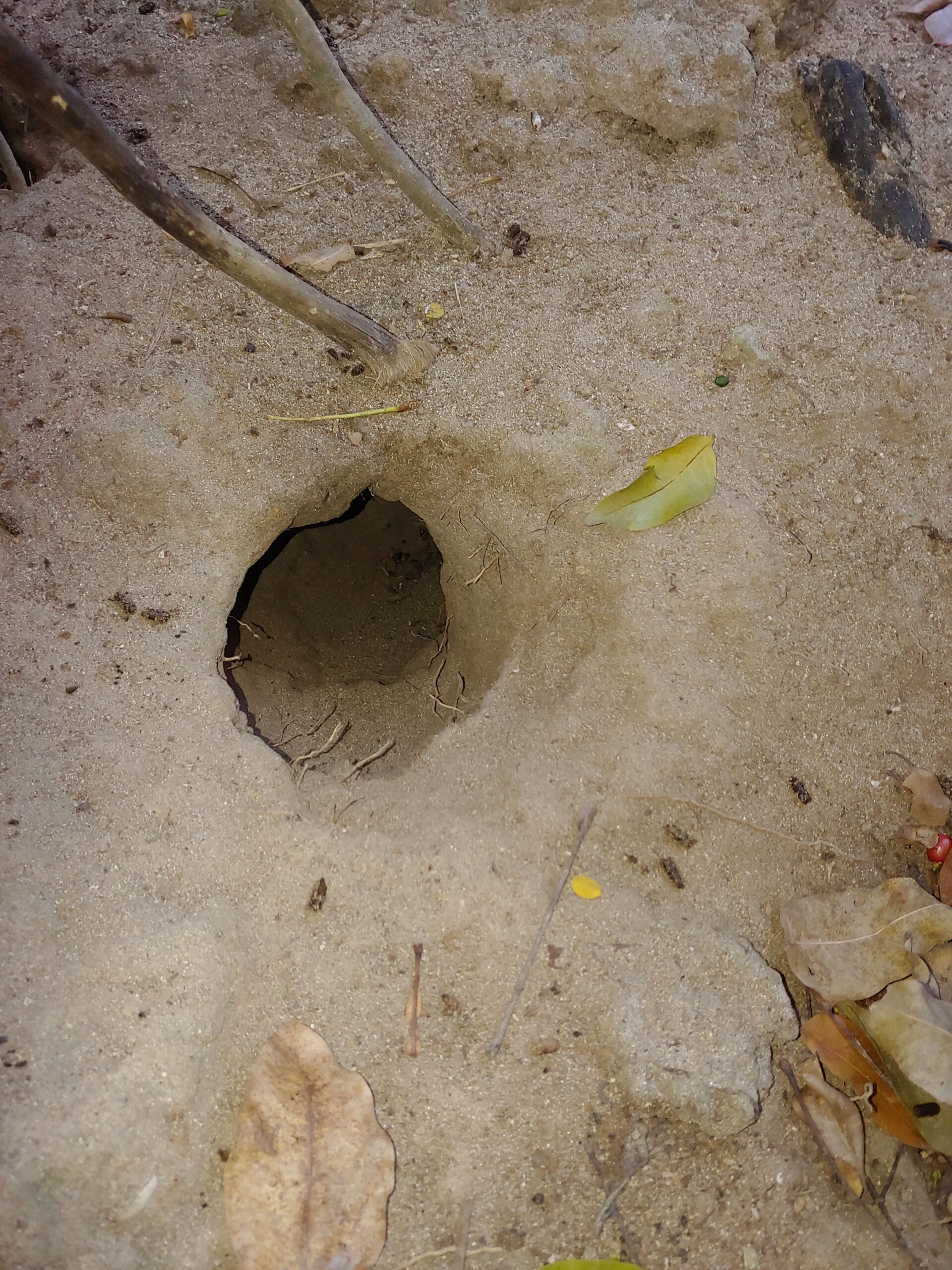
“We would trap them and take them home and feed them cornmeal to draw them out of their shells.” They made a tasty repast, he says, adding, “They were abundant.”
Roy Anduz, an 81-year-old lawyer, recalls the weekend gatherings – which he also hiked to – where he says, “Often there would be no more than 20 or 30 people on the beach.”
It was a time when very few islanders had vehicles, though there was a paved road, Stridiron said. “I remember that because we used to walk back up it after leaving the beach at the end of the day.”
Vincent Henley, who died tragically in a motorcycle accident on that very road in October 2022, said in a 2019 Source story, “It Takes a Village to Teach Children to Swim,” “I grew up in Savan. We used to ride our bicycles from there to Magens Bay,” while admitting he and his companions used to “hitch” a ride on the uphill parts on the back of trucks or cars.
Former Sen. Ruby Simmonds Esannason also looks back fondly on her childhood at the bay. “I tell people, ‘I grew up on Magens Bay.’” Now in her mid-70s, Simmonds Esannason spent an entire month “every single day” in the summertime at the beach with her family in the late 50s and early 60s.
“My father worked for the Post Office and was able to take a whole month off,” she explained in a recent phone call. “He would buy a pass” for the express purpose of spending every day of that month at Magens with his family.
“I was also a Girl Scout,” Simmonds Esannason said. As a result, “We would walk to Magens every Saturday.” She took the same shortcut that Stridiron mentioned that ended in the Coconut Grove – an area of neat rows of fruiting trees that have provided water and meat to generations of islanders.
Former Public Works Commissioner Darryl Smalls is younger, having been born in 1964. He is also the first in his family, who hailed from New York, to be born on St. Thomas. “I am a Virgin Islander.”
And even though he didn’t have to walk to the bay, he often did, following the road from Lincoln School to Louisenhoj castle, as it is known. From there, he would take the same path as his older fellow community members trekked down to the bay, passing, he noted, the “huge water catchment” on the way.
One of the other things that stands out for Smalls is the 1967 National Governors Conference, which his father frequently spoke about.
On Thursday night, Oct. 19, 1967 dinner and entertainment were provided at Magens Bay for the visiting dignitaries.
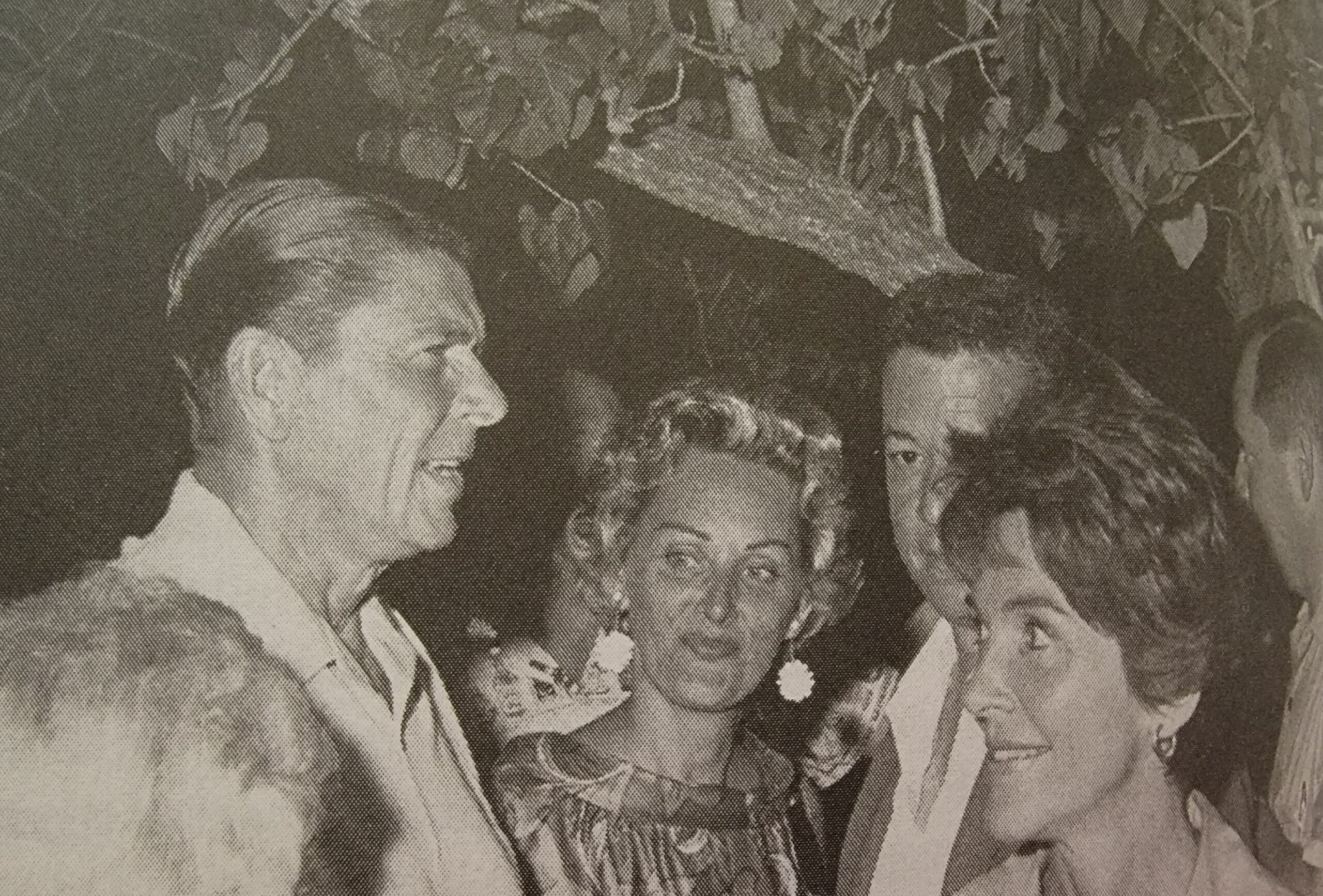
Along with these tender childhood memories, the other thing these Virgin Islanders have in common is they grew up with the understanding that Magens Bay and the surrounding forest were theirs, not only to play in but also to protect. And they did. More will be revealed about that in part three.
Meanwhile, my first trip to the beach that National Geographic proclaimed year after year to be one of the 10 most beautiful beaches in the world was in a gray Volkswagen Beetle with my mother, stepfather, and young brother in 1967. I remember most of the roads on the island except between the airport, which was still a Quonset hut, and the West Indian Co. Dock would not have been considered “paved” in my lexicon. They weren’t all exactly dirt roads, but they certainly weren’t the highways or even byways of my mainland childhood.
Earlier in my life, at least 10 years before I was swept away by that first glimpse of Magens Bay, my mother and father would take me to Hampton Beach, New Hampshire, a far cry from the magical, quiet, sparkling sandy heaven of Magens Bay that imprinted itself on my soul nearly 57 years ago.
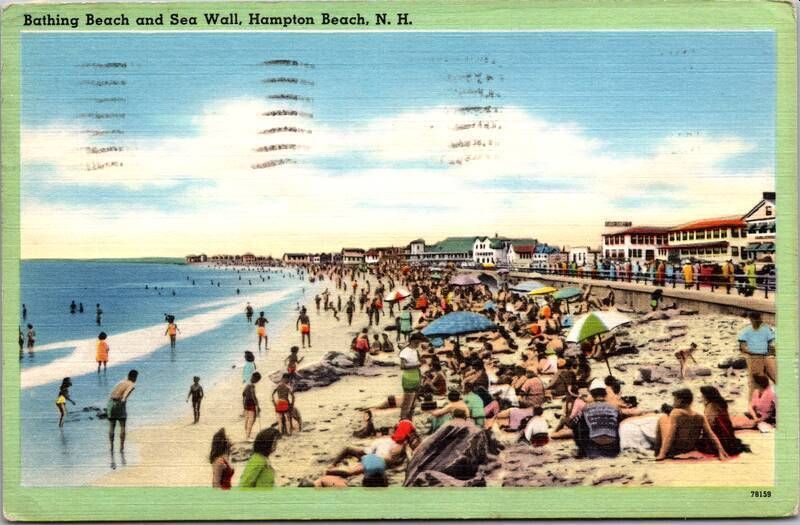
In my imaginings, the picnic table just to the southwest of lifeguard stand number seven is where I sat that day in April of 1967, stunned, as the child of the East Coast and the early days of creeping suburban sprawl, by the complete absence of any hint of human existence on the verdant hillsides that held the myriad blue to turquoise to purple as the sun set rippling waters of the bay in their long, green, protective arms.
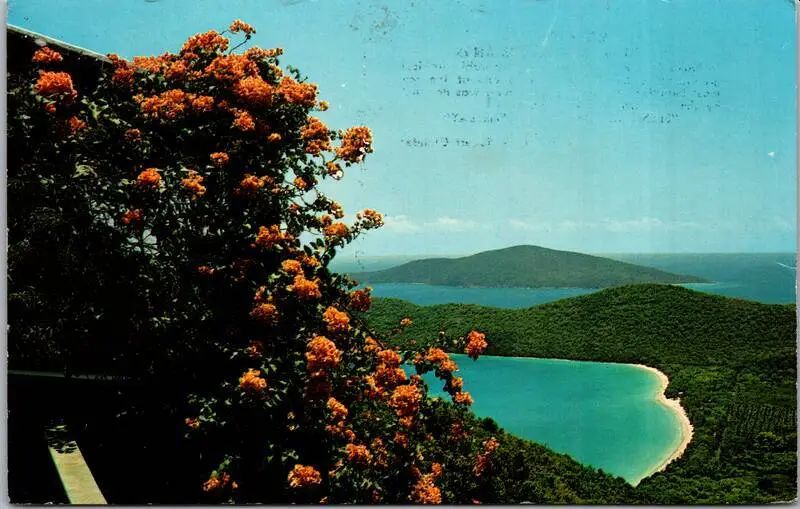
But long before I discovered Magens Bay and even before Sen. Simmonds Esannason began finding her way down the path to the pure white sandy beach, Cyril Creque had penned an ode to it. Creque was a poet, composer, and Health Department officer, born on St. Thomas (then the Danish West Indies) in 1899. He was one of the forerunners of the Virgin Islands poetic tradition, which was the subject of Simmonds Esannason’s dissertation. Creque is listed in Who’s Who in American Poetry.
“The Heart of Magens Bay is included in his 1934 poetry collection entitled “Trade Winds.”
Simmonds Esannason was generously forthcoming with an image of the original poem from her notebook, which is included here, but you will also find the poem as written below:
The Heart of Magens Bay
Under a love inspired moon,
Upon the sand-strewn Magens Beach,
Their wanderings met;
In Majesty the weary sun
Sued by his Gorgeous Evening Love,
Had just then set
The fanning breeze shook trembling
the glittering fronds of waving palms
Along the shore;
The Organ of the deep poured out
Upon the saline-odored air
A tonal lore.
But faint their spirits waxed before
The searing breath of rising dawn
Yet loathed to part
The lapping waves now beat above
What they in welded love bequeathed
A crystal heart.
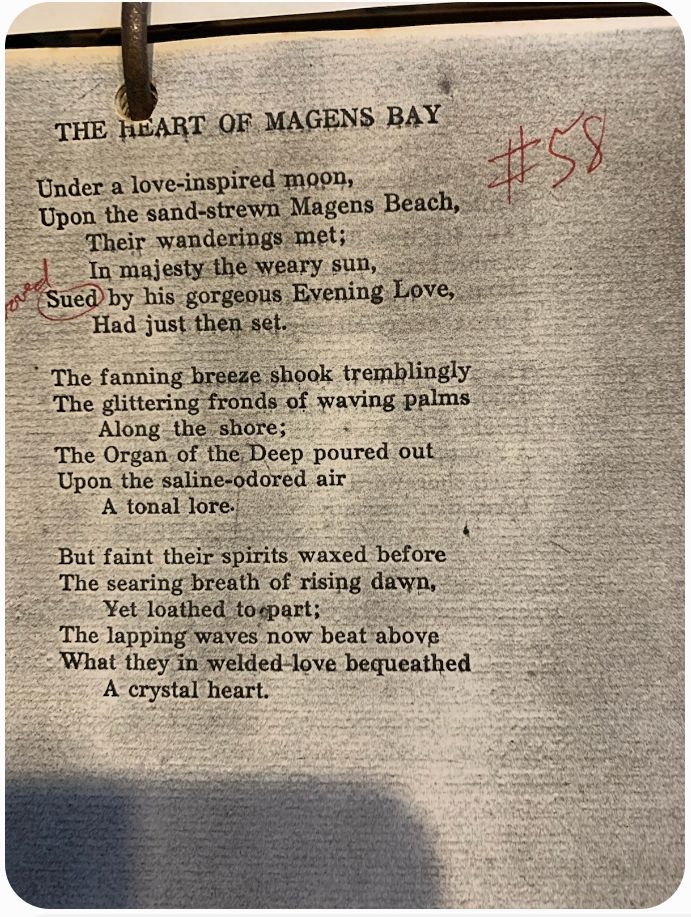
Editor’s note: On Wednesday afternoon, the Magens Bay Authority issued the following statement via email: The Magens Bay Authority announces a Town Hall Meeting at Magens Bay Beach, Shed Two, scheduled for January 27, 2024, at 9:00 AM. This meeting aims to provide the public with updates on the latest developments at Magens Bay Park and Smith Bay Beach and to gather community feedback on upcoming initiatives. The authority invites all community members to join in this meeting to discuss the parks’ future and share their insights and opinions. This initiative is part of the authority’s commitment to keeping Magens Bay Park a cherished destination for both locals and visitors. For further details, please email info@magensbayauthority.org.
Related Link:
Op-Ed: A Brief History of Magens Bay, Part I: Fairchild’s Dream


